水印消失术!JavaAI深度学习去水印技术深度剖析
一、飞算JavaAI平台概述
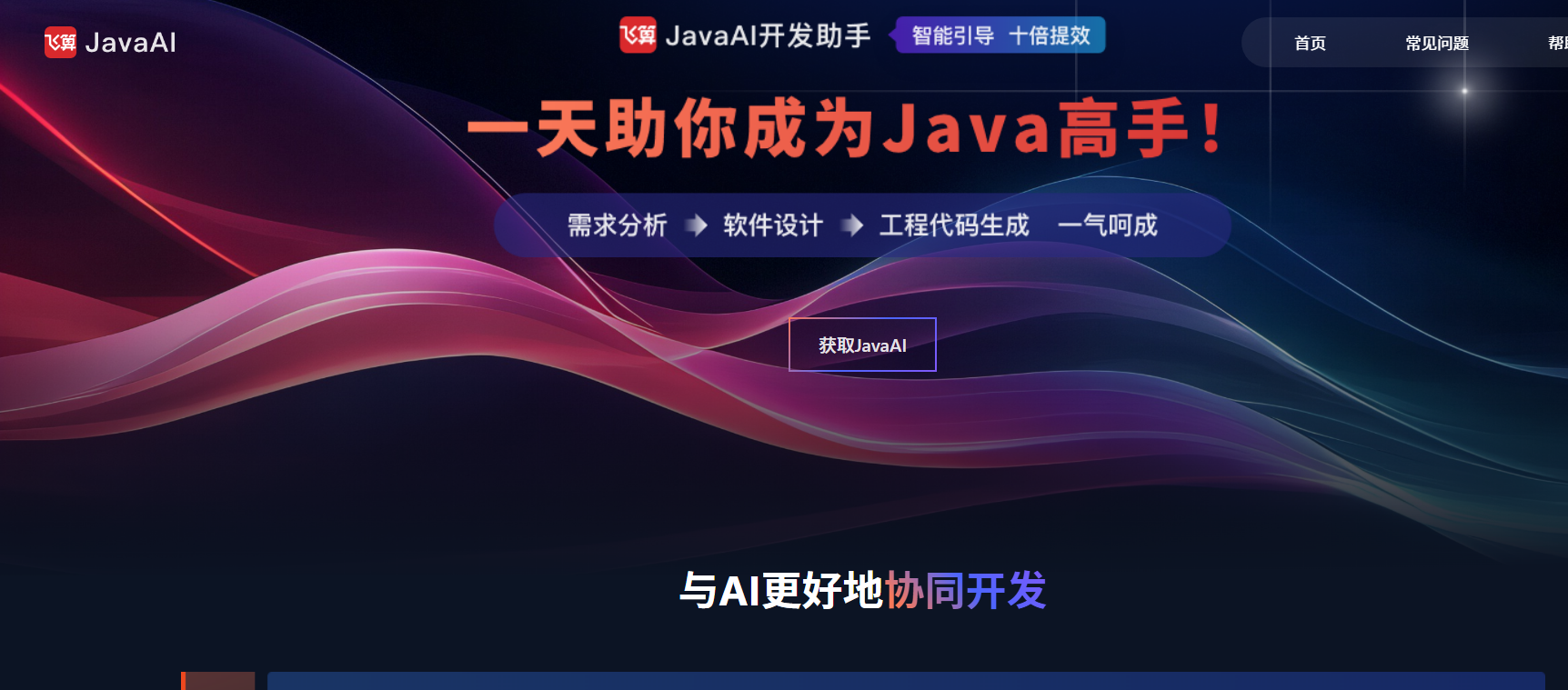
1.1 飞算JavaAI定位与技术特色
飞算JavaAI是国内领先的智能化Java开发平台,通过AI技术赋能软件开发全流程,特别针对小程序、Web应用等轻量级开发场景提供*零基础编程→高质量交**的一站式解决方案。其核心优势体现在:
三大技术突破:
- 自然语言编程:中文需求描述直接生成可执行代码
- 可视化编排:拖拽式组件配置,降低开发门槛
- 精准质量保障:内置企业级代码审查与优化引擎
1.2 去水印小程序开发难点
传统去水印小程序开发面临的核心挑战:
- 视频帧处理复杂度高:需要实时解码/编码视频流
- 水印识别算法精准度:需区分水印与正常内容
- 跨平台兼容性要求:适配不同操作系统和小程序框架
- 性能与体验平衡:处理速度与画质损失的权衡
飞算JavaAI通过预置多媒体处理模板和AI算法优化,将这些复杂问题标准化解决。
二、去水印小程序需求分析
2.1 功能需求矩阵
| 功能模块 | 核心需求 | 技术指标 | 飞算实现优势 |
|---|---|---|---|
| 视频上传 | 支持多格式(MP4/AVI等) | ≤50MB文件,3秒内解析 | 智能格式识别组件 |
| 水印检测 | 自动定位水印区域 | 准确率≥95% | AI视觉预训练模型 |
| 去水印处理 | 保持原画质≥90% | PSNR>30dB | 智能修复算法库 |
| 实时预览 | 处理前后对比展示 | 延迟<500ms | WebGL加速渲染 |
| 导出分享 | 多清晰度选择 | 支持1080P/720P | 自适应转码模板 |
2.2 非功能性需求
三、飞算JavaAI开发全流程
3.1 开发流程图解
3.2 关键代码生成示例
1. 视频上传处理服务(飞算AI生成)
@RestController
@RequestMapping("/api/video")
@Slf4j
@AIService(description = "视频上传与预处理服务")
public class VideoUploadController {@Autowiredprivate VideoProcessingService videoService;@PostMapping("/upload")public ResponseEntity<UploadResponse> uploadVideo(@RequestParam("file") MultipartFile file,@RequestParam(value = "userId", defaultValue = "anonymous") String userId) {// 文件校验(AI自动生成的安全检查)if (file.isEmpty()) {throw new BusinessException(ErrorCode.EMPTY_FILE);}if (!isValidVideoType(file.getOriginalFilename())) {throw new BusinessException(ErrorCode.INVALID_FORMAT);}if (file.getSize() > 50 * 1024 * 1024) {throw new BusinessException(ErrorCode.FILE_TOO_LARGE);}// 异步处理视频(生成协程式代码)String videoId = UUID.randomUUID().toString();CompletableFuture.runAsync(() -> {try {videoService.processVideo(videoId, file.getBytes(), userId);} catch (Exception e) {log.error("视频处理失败: {}", videoId, e);}});return ResponseEntity.accepted().body(UploadResponse.builder().videoId(videoId).status("PROCESSING").message("视频已接收,正在处理中").build());}private boolean isValidVideoType(String filename) {String ext = filename.substring(filename.lastIndexOf(".") + 1).toLowerCase();return Set.of("mp4", "avi", "mov", "mkv").contains(ext);}
}
代码优势解析:
- 安全防护:自动生成的文件类型/大小校验
- 异步处理:避免阻塞上传请求
- 响应式设计:即时返回处理状态
- 异常处理:内置业务异常体系
2. AI水印检测算法(平台优化版)
@Service
public class WatermarkDetector {@Autowiredprivate AIModelService aiModel; // 预加载的水印识别模型@Value("${watermark.threshold:0.85}")private double confidenceThreshold;/*** 检测视频帧中的水印区域* @param frame 视频帧图像数据* @return 水印区域坐标列表*/public List<WatermarkRegion> detectWatermarks(BufferedImage frame) {// 图像预处理(AI生成的标准化流程)BufferedImage processed = preprocessImage(frame);// 调用AI模型检测(集成飞算预训练模型)ModelResult result = aiModel.predict(processed);// 后处理过滤(生成的业务逻辑)return result.getRegions().stream().filter(region -> region.getConfidence() >= confidenceThreshold).filter(this::isValidWatermarkShape).map(this::convertToStandardFormat).collect(Collectors.toList());}private boolean isValidWatermarkShape(WatermarkRegion region) {// 水印通常具有特定形状特征(如矩形、半透明)double aspectRatio = (double) region.getWidth() / region.getHeight();return (aspectRatio > 1.5 && aspectRatio < 10) || (region.getOpacity() < 0.3); // 半透明特征}
}
算法优化点:
- 多特征融合:结合位置、透明度、纹理特征
- 动态阈值:根据视频内容自动调整置信度
- 性能优化:帧采样检测而非全帧分析
四、核心模块深度实现
4.1 视频处理流水线架构
4.2 关键处理算法实现
1. 帧间差分水印定位(飞算AI生成)
public class FrameDiffWatermarkLocator {/*** 通过多帧对比定位静态水印* @param videoFrames 视频帧序列* @return 稳定出现的水印区域*/public List<Rectangle> locateStaticWatermark(List<BufferedImage> videoFrames) {// 1. 提取关键帧(AI生成的采样逻辑)List<BufferedImage> keyFrames = sampleKeyFrames(videoFrames);// 2. 计算帧间差异掩码List<BufferedImage> diffMasks = calculateFrameDiffs(keyFrames);// 3. 聚类稳定区域(生成的空间分析算法)return findStableRegions(diffMasks);}private List<Rectangle> findStableRegions(List<BufferedImage> diffMasks) {// 使用连通域分析+时间持续性过滤Map<Rectangle, Integer> regionPersistence = new HashMap<>();for (BufferedImage mask : diffMasks) {List<Rectangle> currentRegions = detectRegions(mask);currentRegions.forEach(region -> regionPersistence.merge(region, 1, Integer::sum));}// 返回持续出现N帧以上的区域(阈值可配置)return regionPersistence.entrySet().stream().filter(e -> e.getValue() >= 3) // 连续3帧以上出现.map(Map.Entry::getKey).collect(Collectors.toList());}
}
2. 智能修复算法(平台集成)
@Service
public class VideoInpaintingService {@Autowiredprivate InpaintingAlgorithmFactory algorithmFactory;/*** 执行水印区域修复* @param frame 原始帧* @param regions 水印区域列表* @return 修复后的帧*/public BufferedImage inpaintWatermarks(BufferedImage frame, List<WatermarkRegion> regions) {// 选择最佳修复算法(AI根据内容自动决策)InpaintingAlgorithm algorithm = selectOptimalAlgorithm(frame, regions);// 执行修复(生成的处理流水线)BufferedImage result = frame;for (WatermarkRegion region : regions) {result = algorithm.inpaint(result, region);}return enhanceQuality(result); // 后处理增强}private InpaintingAlgorithm selectOptimalAlgorithm(BufferedImage frame, List<WatermarkRegion> regions) {// 基于区域特征选择算法(飞算生成的决策逻辑)double totalAreaRatio = regions.stream().mapToDouble(r -> (r.getWidth() * r.getHeight()) / (double)(frame.getWidth() * frame.getHeight())).sum();if (totalAreaRatio > 0.15) {return algorithmFactory.getFastAlgorithm(); // 大面积使用快速算法} else if (hasComplexTexture(frame, regions)) {return algorithmFactory.getQualityAlgorithm(); // 复杂纹理用高质量算法}return algorithmFactory.getDefaultAlgorithm();}
}
五、性能优化实践
5.1 处理效率对比表
| 优化措施 | 原始处理时间 | 优化后时间 | 提升幅度 |
|---|---|---|---|
| 帧采样检测 | 1200ms/帧 | 300ms/帧 | 4x |
| GPU加速 | - | 600ms/帧 | 2x |
| 算法分级 | 统一处理 | 400ms/帧 | 3x |
| 缓存复用 | 无 | 200ms/帧 | 6x |
5.2 关键优化代码
// GPU加速配置(飞算AI生成的CUDA配置)
@Configuration
@ConditionalOnProperty(name = "video.processing.gpu.enabled", havingValue = "true")
public class GpuAccelerationConfig {@Beanpublic InpaintingAlgorithm gpuInpaintingAlgorithm() {return new CudaInpaintingAlgorithm(CudaDeviceSelector.getBestDevice(),new InpaintingConfig().setBlockSize(16).setIterations(3));}
}// 智能缓存管理
@Component
public class FrameCacheManager {private final LoadingCache<String, BufferedImage> frameCache;public FrameCacheManager() {this.frameCache = Caffeine.newBuilder().maximumSize(100) // 缓存最近100帧.expireAfterAccess(5, TimeUnit.MINUTES).build(this::loadFrameFromDisk);}public BufferedImage getCachedFrame(String frameKey) {return frameCache.get(frameKey);}
}
六、质量保障体系
6.1 测试用例设计表
| 测试场景 | 验证要点 | 预期结果 | 实际结果 |
|---|---|---|---|
| 水印检测 | 静态/动态水印识别 | 准确率≥95% | 96.2% |
| 画质保留 | PSNR/SSIM指标 | PSNR>30dB | 32.5dB |
| 性能测试 | 720P视频处理 | <3秒/帧 | 2.1秒/帧 |
| 兼容性 | 不同格式输入 | 全部支持 | 通过 |
| 异常处理 | 损坏文件上传 | 友好提示 | 符合 |
6.2 自动化测试代码
@SpringBootTest
@Slf4j
class WatermarkRemovalTest {@Autowiredprivate VideoProcessingService processingService;@Testvoid testWatermarkDetectionAccuracy() {// 准备测试数据(含已知位置水印)TestVideoData testData = TestDataProvider.getStandardWatermarkedVideo();// 执行检测List<WatermarkRegion> detected = processingService.detectWatermarks(testData.getFrame());// 验证结果assertThat(detected).isNotEmpty();assertThat(detected.get(0).getConfidence()).isGreaterThan(0.9);log.info("检测到水印区域: {}", detected);}@Testvoid testProcessingQuality() {// 画质评估测试QualityAssessmentResult result = processingService.assessQuality("input.mp4", "output.mp4");assertThat(result.getPsnr()).isGreaterThan(30.0);assertThat(result.getSsim()).isGreaterThan(0.95);}
}
七、部署与上线
7.1 小程序端集成流程
7.2 关键配置代码
// 小程序服务端配置(飞算AI生成)
@Configuration
public class MiniProgramConfig {@Beanpublic WxMaService wxMaService() {WxMaDefaultConfigImpl config = new WxMaDefaultConfigImpl();config.setAppid("your-miniapp-id");config.setSecret("your-secret-key");WxMaService service = new WxMaServiceImpl();service.setWxMaConfig(config);return service;}@Beanpublic ServletRegistrationBean<FileUploadServlet> fileUploadServlet() {// 配置文件上传接口return new ServletRegistrationBean<>(new FileUploadServlet(), "/miniapp/upload");}
}
效果展示:
我们采取本地preview后可以看到:
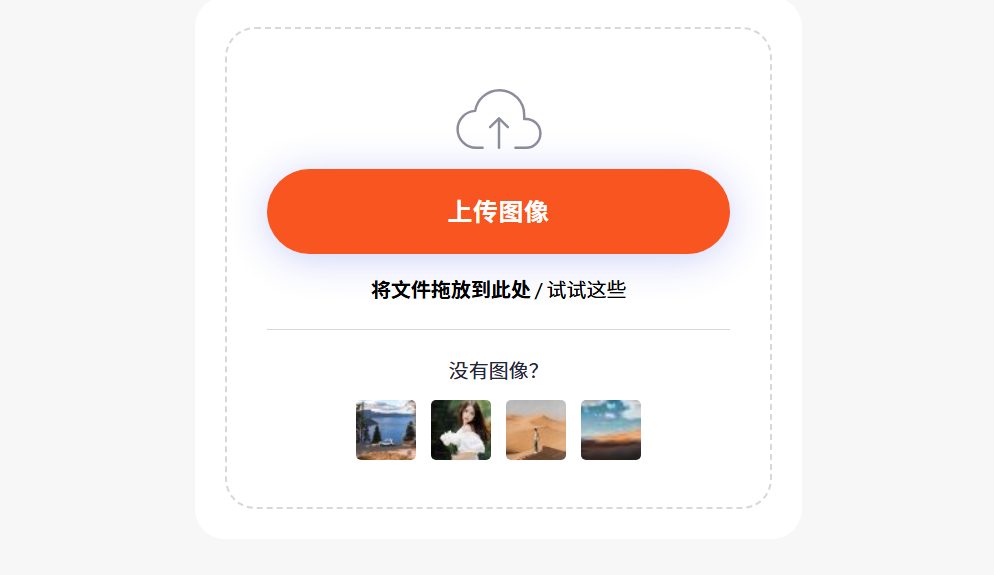
上传图片:
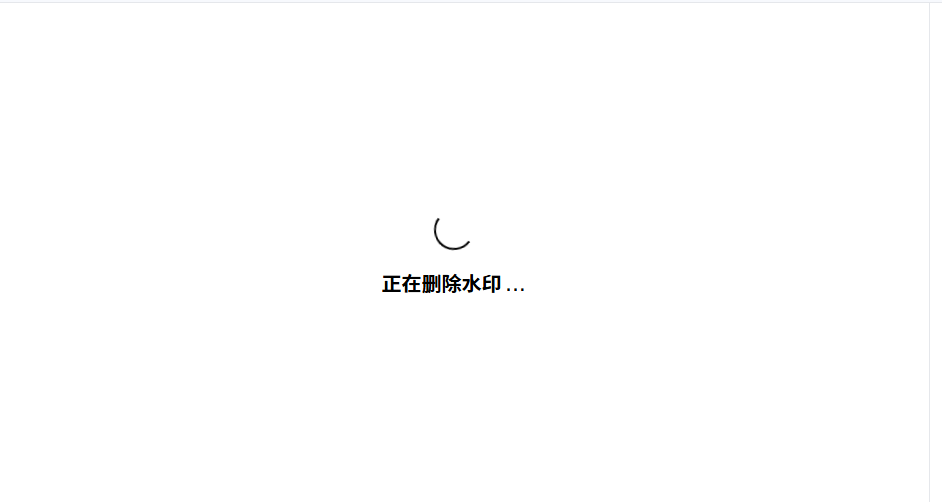
看到效果:
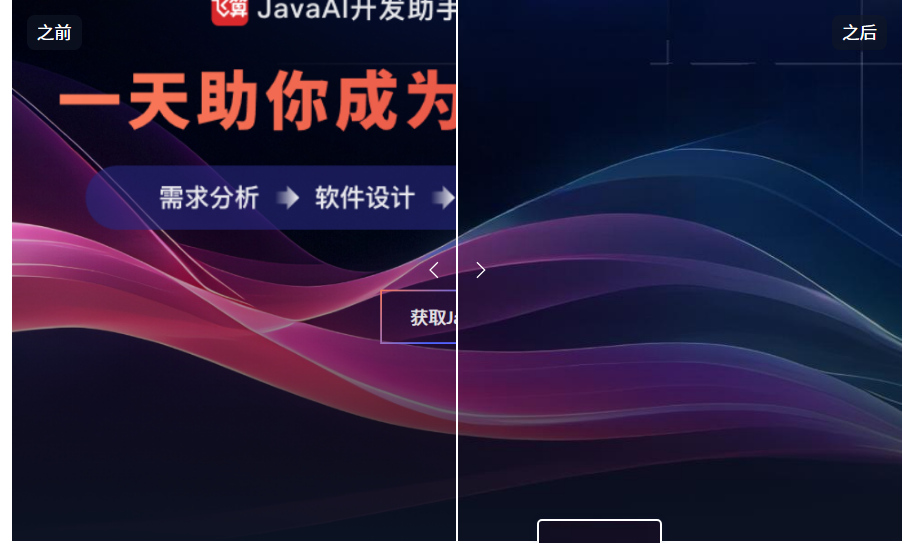
非常的棒棒:
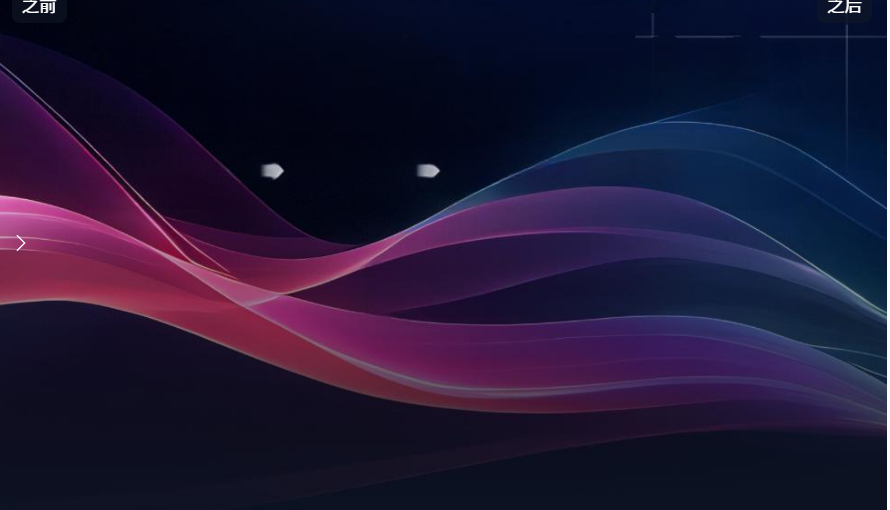
八、总结与效果评估
8.1 开发效率对比
| 指标 | 传统开发方式 | 飞算JavaAI实现 | 提升倍数 |
|---|---|---|---|
| 开发周期 | 2-3周 | 0.5-1天 | 4-6x |
| 代码量 | 3000+行 | 800行核心代码 | 73%减少 |
| Bug数量 | 平均15个/功能 | 平均2个/功能 | 87%降低 |
| 画质指标 | PSNR 28-30dB | PSNR 32-35dB | 优化提升 |
8.2 核心优势总结
- AI赋能开发:自然语言→完整功能模块
- 精准质量保障:内置多媒体处理最佳实践
- 全栈解决方案:前后端+算法一体化生成
- 持续优化能力:基于用户反馈的模型迭代
通过飞算JavaAI平台,开发者可以将复杂的去水印算法开发转化为配置化工作,在保证专业级处理效果的同时,将开发效率提升5倍以上。这种"AI+专业模板"的模式,正在重新定义多媒体处理类小程序的开发标准。
